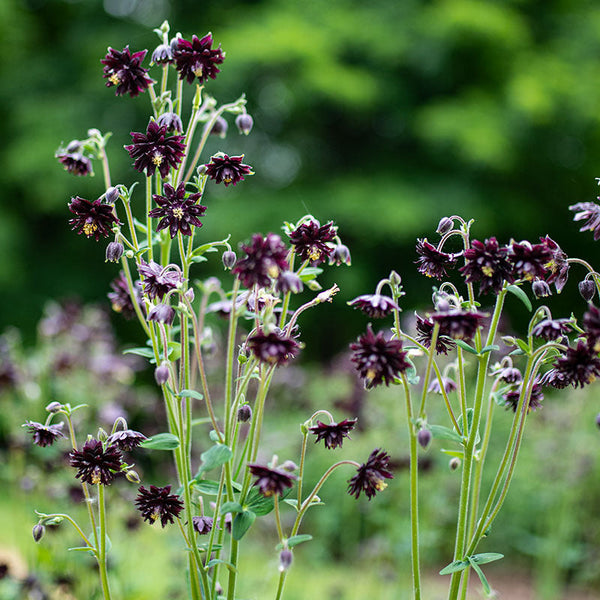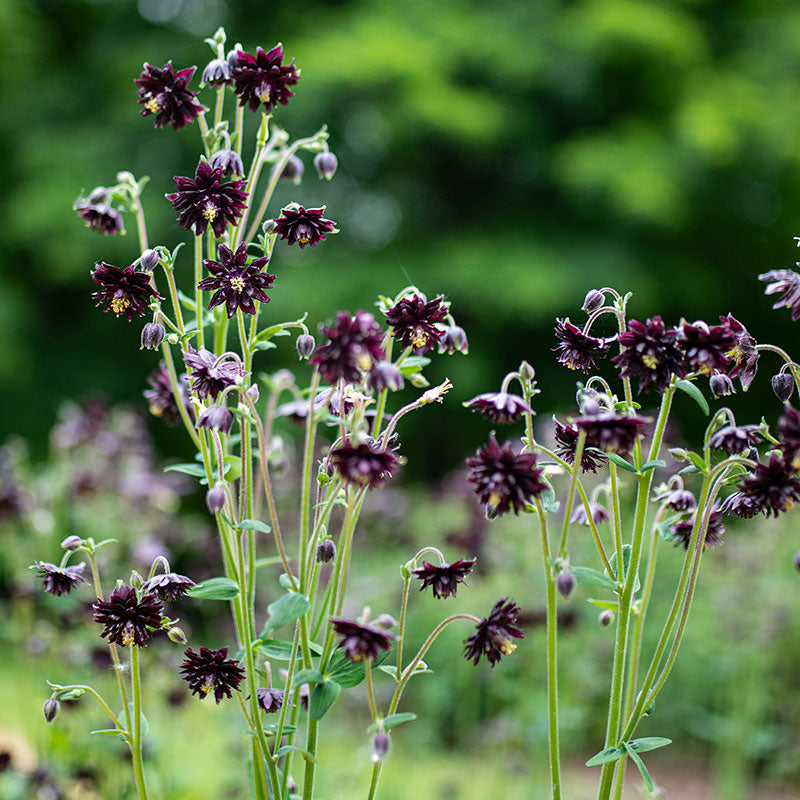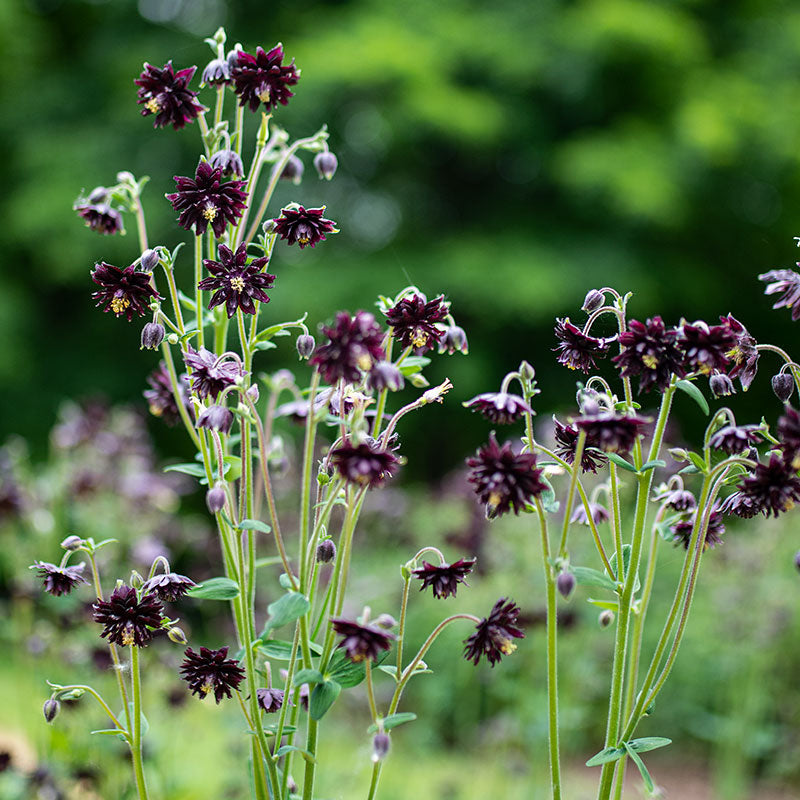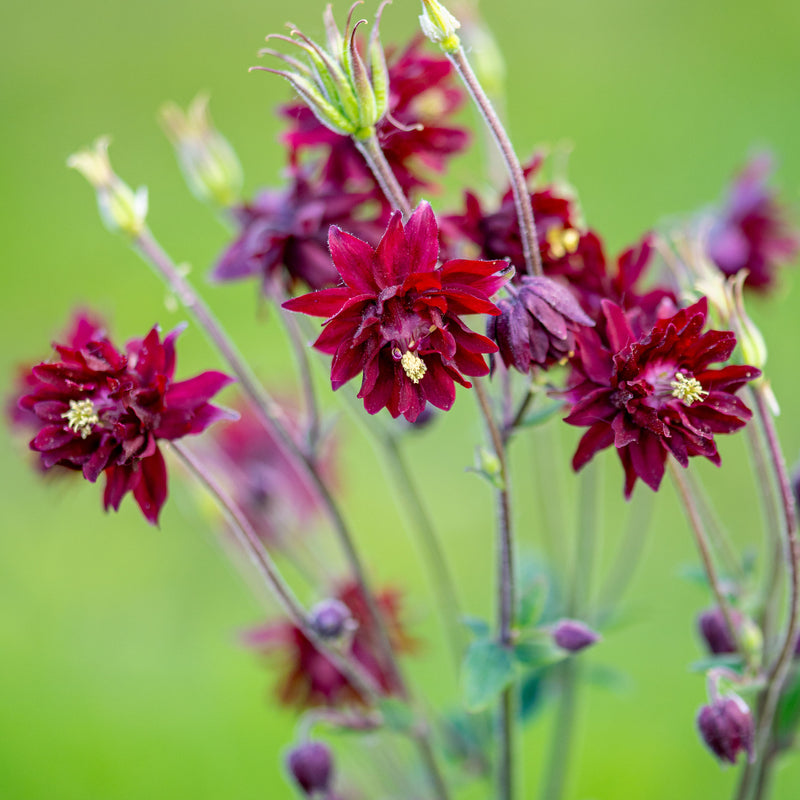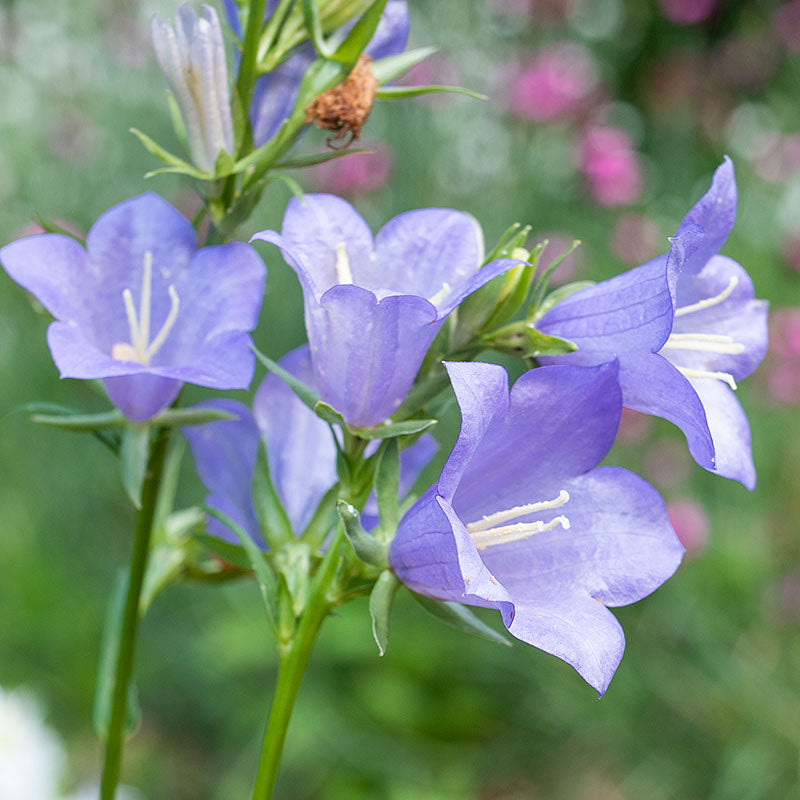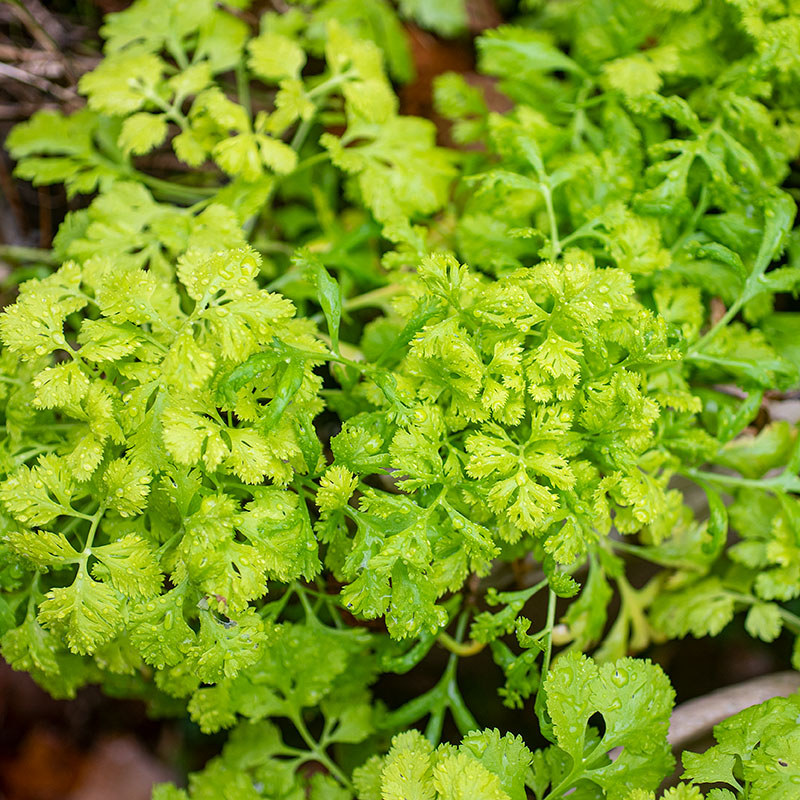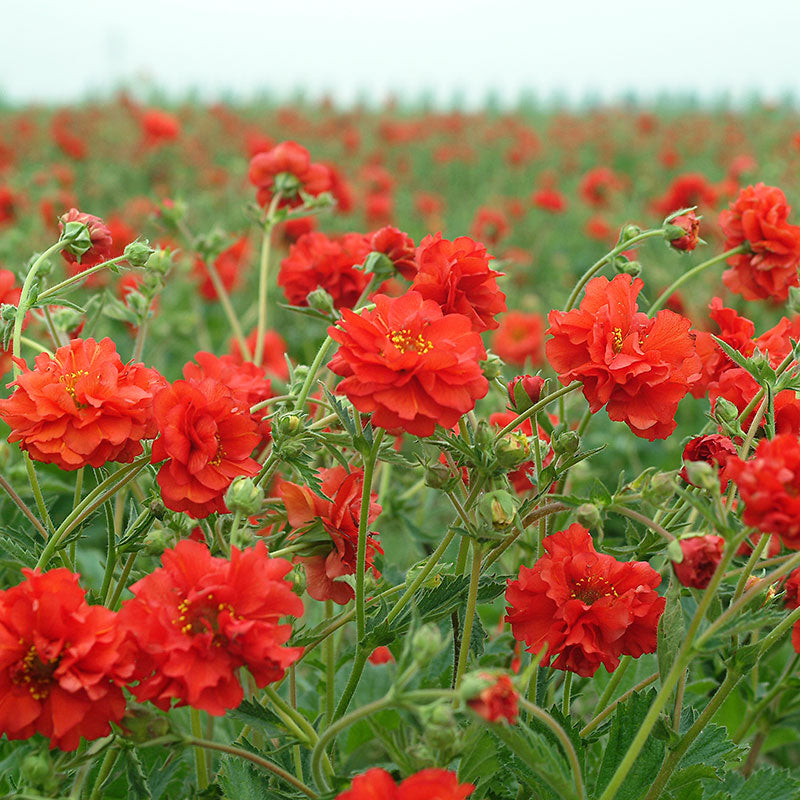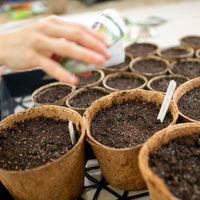SOWING INSTRUCTIONS
Depth:
Surface sow or barely cover.
Starting Indoors:
Stratify for 3 weeks at 35-40°F in late winter. To stratify, place seeds in dampened vermiculite or clean sand, enclose in a plastic bag and refrigerate. Eight to 10 weeks before last frost, remove pre-chilled seeds from refrigerator and sow. Cover with humidity dome and keep at 60-70°F. Transplant seedlings as they appear; anywhere from 2-8 weeks—be patient.
Starting Outdoors:
Direct sow in fall or earliest spring, or winter sow into pots in the shade, covered with a thin layer of clean sand and a wire screen to keep out mice and voles. Check for moisture at regular intervals.
PLACEMENT & CULTIVATION
Columbine attracts butterflies, bees, and hummingbirds; its spring bloom makes it valuable as an early-season nectar source. It is also deer and rabbit resistant and grows happily in the dappled sun of woodland edges or sunny cottage gardens. It spreads agreeably from self-sowing, although they readily cross with each other to produce many surprises in the following years. Cut most flower stalks after bloom to encourage rebloom, leaving some to drop seed and renew plantings. Trim foliage for fresh new growth after bloom if desired. Perennials bulk up roots and foliage in their first year of growth, blooming more abundantly starting the second year. Caution: contains some toxic elements especially in the roots and foliage.
Watering Details:
Plants are somewhat drought tolerant but do best with evenly moist soil; about 1" of water per week, more in full sun.
Soil pH:
Slightly acidic to neutral
Fertilizer:
Mix in a couple of inches of compost annually.
Diseases & Pests:
A common pest of columbines, leaf miners damage leaves by chewing tunnels in the leaves. At first indication of damage, pick off the affected leaves and destroy or use sprays of Bacillus thuringiensis, a biological, to combat.
When to Cut for Bouquets:
Harvest when 1/2 of the florets are open.
































